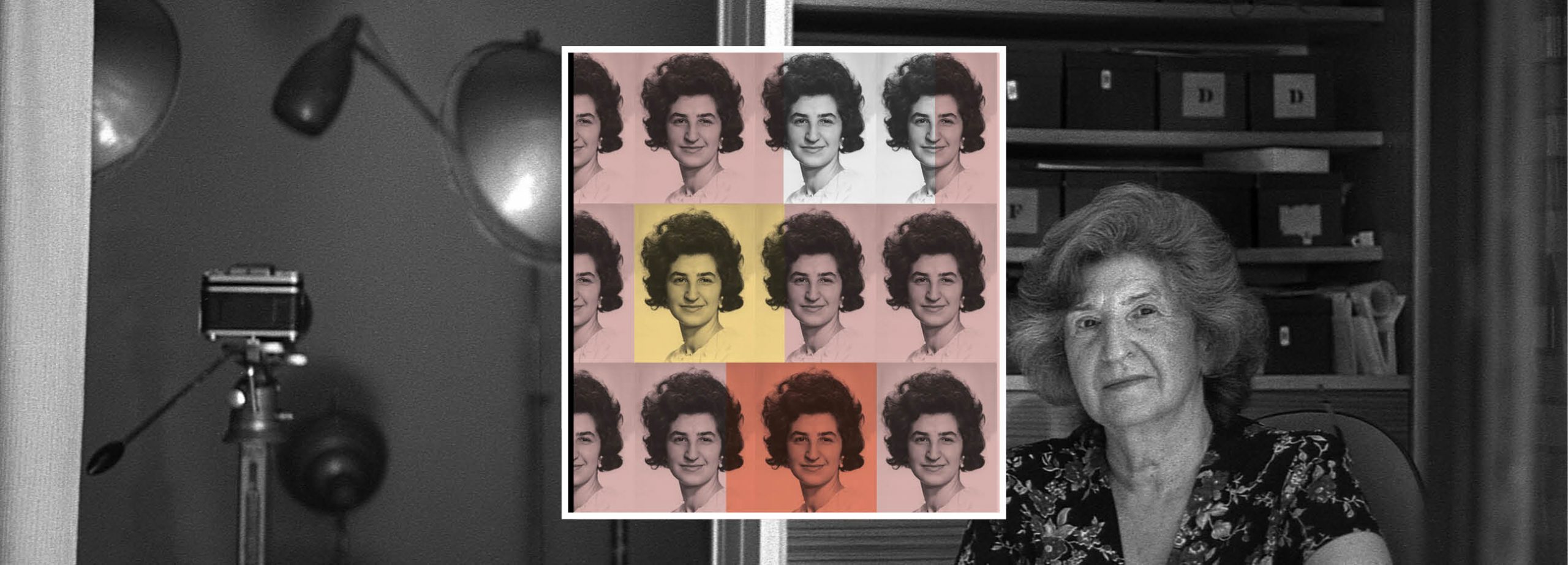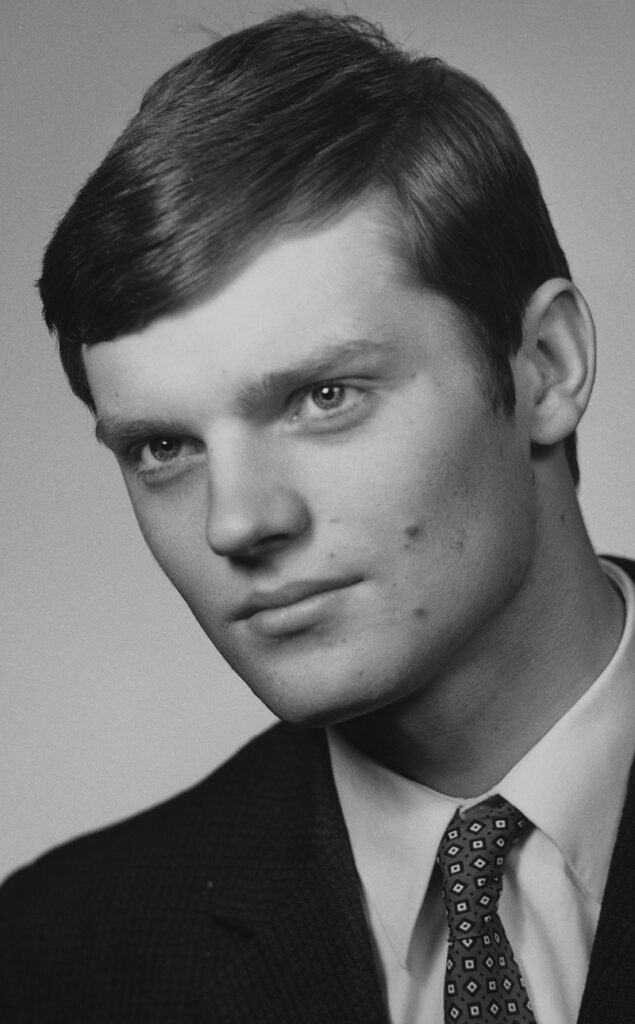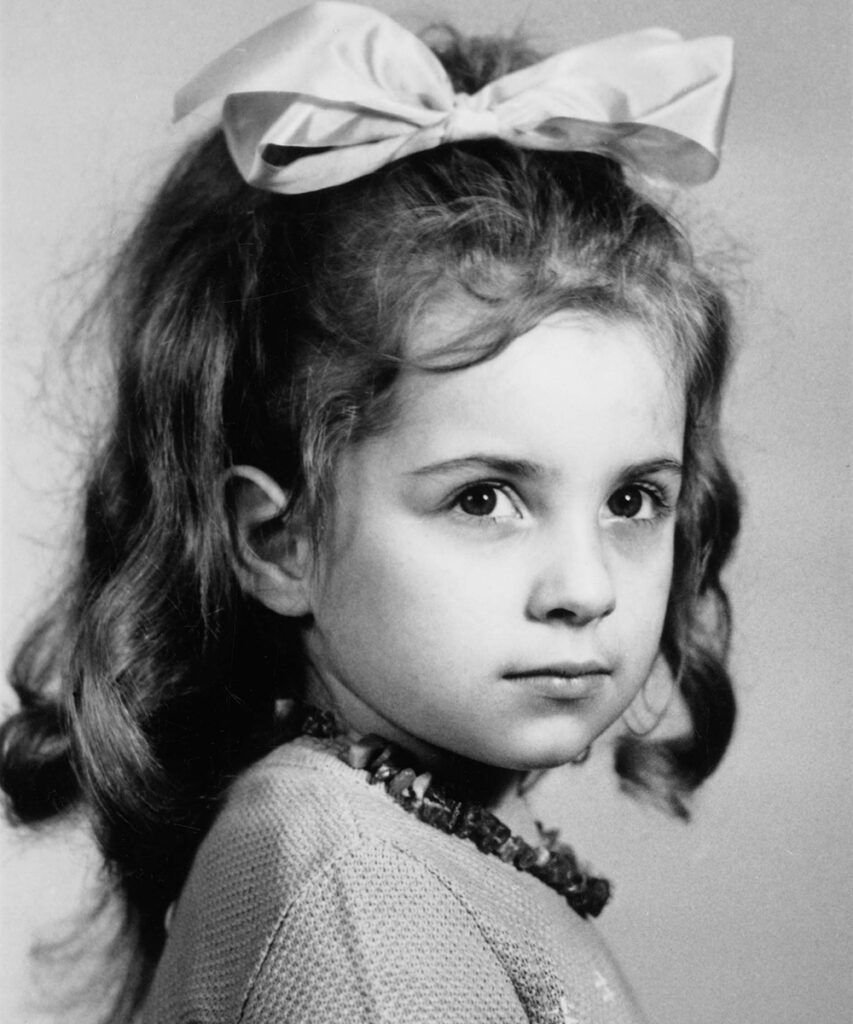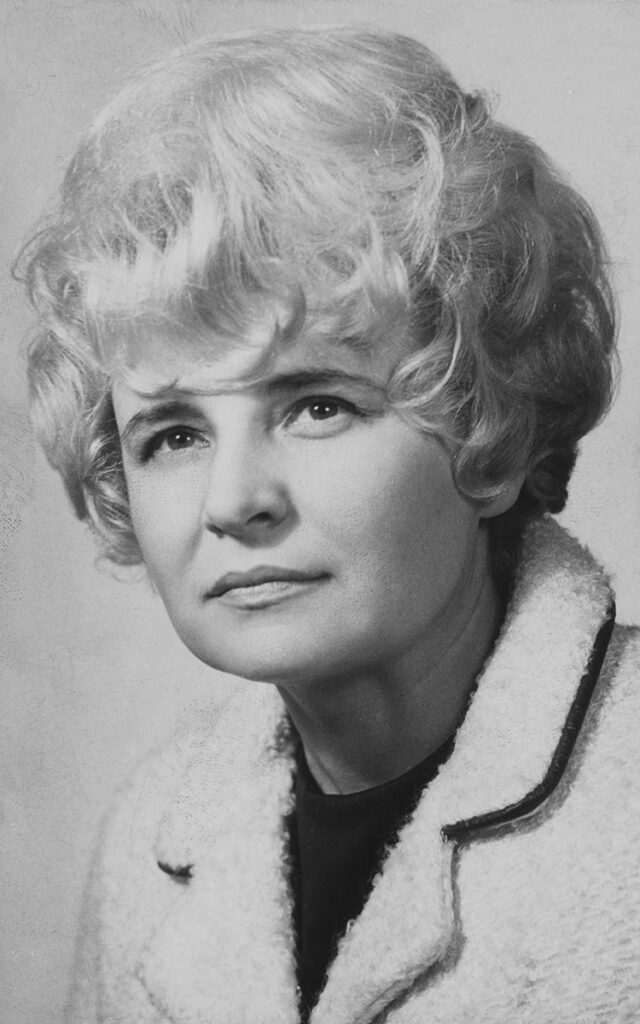What exists for long we often forgotten… Not this time. Celina Osiecka, owner of iconic Warsaw portrait photo studio, finally gets her museum exhibition. Another female artist gets the recognition she deserves!

What exists for long we often forgotten… Not this time. Celina Osiecka, owner of iconic Warsaw portrait photo studio, finally gets her museum exhibition. Another female artist gets the recognition she deserves!

Located not far from the riverbank in the Saska Kepa neighborhood, her tiny studio has been in business since 1968 when Osiecka obtained the title of Master Craftsman in the field of photography. The exhibition at the Praga Museum is not only a retrospective of a talented professional, but also a snapshot of changing customs, fashions, photography methods and culture – all through the eyes of a woman who has refused to move with the times… or rather, decided to safeguard what is slowly a disappearing form of art. Celina Osiecka continues to shoot on an analog camera and personally develops all the images, which she maintains in a specific tonality of black and white
The idea for an exhibit dedicated to her work came about in 2016, when curator, Antonina Gugała, met the photographer in connection with an artistic project, titled Warsaw’s Photographer. The project involved documenting the window displays of over 80 photography studios operating at the time in Warsaw and commissioning a photograph of her likeness from each.
The result was a collection of 102 portrait and document-style photos, which portrayed the varied character of each studio’s services and nuances of photographic styles – visible despite the relative cohesiveness of frame and the shared identity of the sitter.
“Meeting Celina Osiecka was the start of a close friendship,” states Gugała, which “led to the organization of her namesake exhibition and accompanying print publication.” – Antonina Gugała, curator of “Celina Osiecka: Photography services”
Over the course of more than 50-years of operation, the photographer’s profession has undergone radical transformation. From analog, black-and-white photos printed on thick paper, it shifted to colorful, digital imagery, easily sent via email. The change eradicated the need for face-to-face meetings to collect the developed fruit of one’s work.
However, despite these changes, Osiecka refused to conform, resisting the rapidly unfolding photography revolution.
In her work Osiecka continues to make use of the analog method of production. She begins by exposing the images of clients on black-and-white negatives, then chemically processes them in a darkroom. Lastly, she retouches using the traditional pencil stencil method. Ultimately, each print produced in Osiecka’s studio is one-of-a-kind.
In the past Osiecka took photos primarily for use in documents and to commemorate special occasions. Yet today her work is mostly for personal use. Nonetheless, she is still very much grounded in the portrait style and it is this for which she is known.
The exhibition presents photographs from Osiecka’s archive. Taken between 1962 and 2022 – photos were chosen from among thousands of alphabetically arranged negatives and prints. The manner of their production is an integral part of Osiecka’s original style. Therefore, the exhibition also includes a spotlight on the practical side of her creative process.
Techniques of pencil retouching as well as preliminary studies and folders containing notes provide insight into the behind-the-scenes work. A vital aspect of maintaining the high quality of the service she provides.
On the other hand, photographs from Osiecka’s family albums draw attention to her private life. They depict the history of the studio itself and its changing exterior environment.
Celina Osiecka: Photography Services tells the story of an extraordinary lady, a native of Warsaw, who was confident and passionate enough to stand her ground in the face of change and, in doing so, document half a century of photographical developments, paying witness to changes in culture, dress, customs and, most of all, the fleeting nature of hopes and dreams – visible in the eyes of the people she captured.



Praga Museum
Targowa 50/52, muzeumpragi.pl